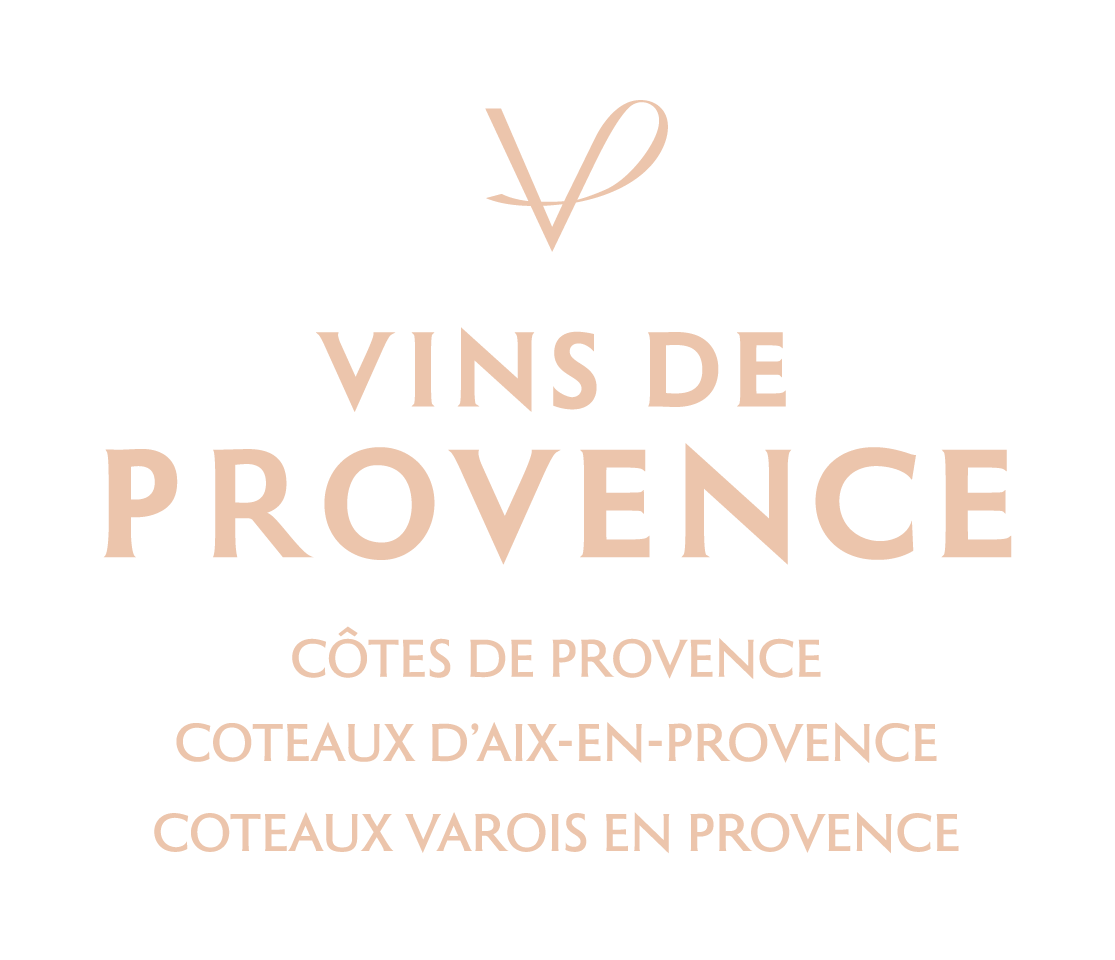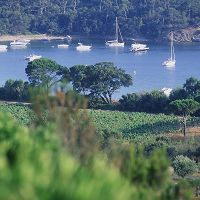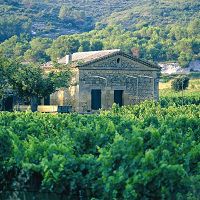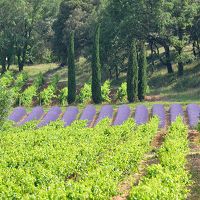History
The first wine region in the history of France
In a glass of Provence wine, 26 centuries of History
When the Phoceans founded Marseille 2,600 years ago, they introduced a fabulous plant for the first time in France: the grapevine. Historically, this makes Provence France’s very first wine region. Since that time, the tradition and art of wine-making have come a long way, but the grape has never left our region !
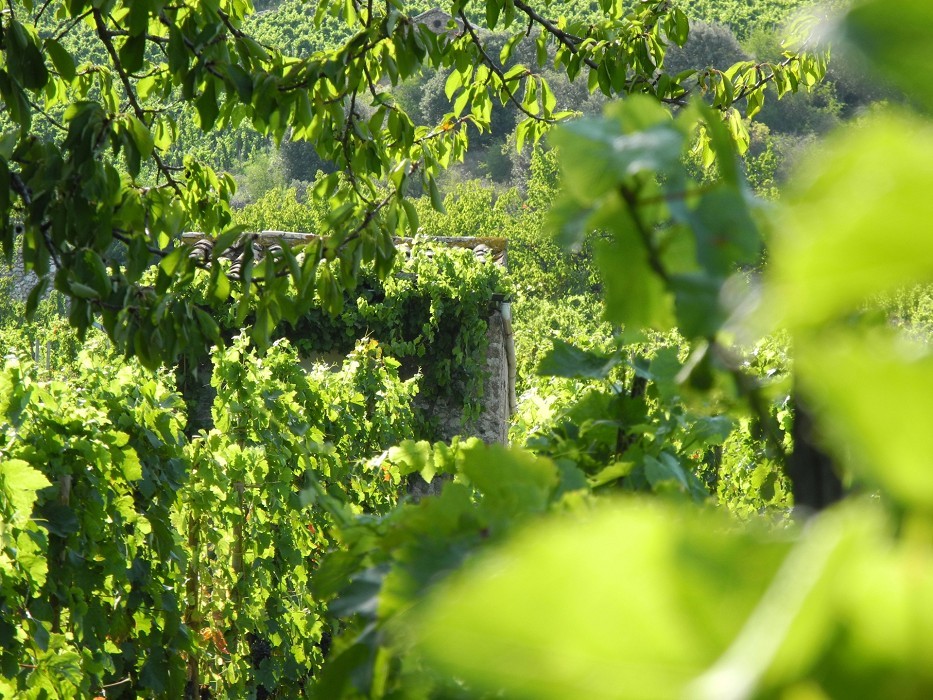
In the beginning : Provincia Romana
Romans grow grapevines in France, starting in Provence
Four centuries after the Phoceans, in 200 BC, the Romans began to settle on Provençal land. They cultivated grapes and set up the Provincia Romana, now known as Provence. The cities of Aquae Sextiae (Aix-en-Provence) and Forum Julii (Fréjus), and its military port, then arose. As it expanded its Empire, Rome brought grapevines wherever it went. That is how the other Gallic wine regions cropped up after Provence: the Rhône Valley, Beaujolais, Burgundy, Gascony and Bordeaux.
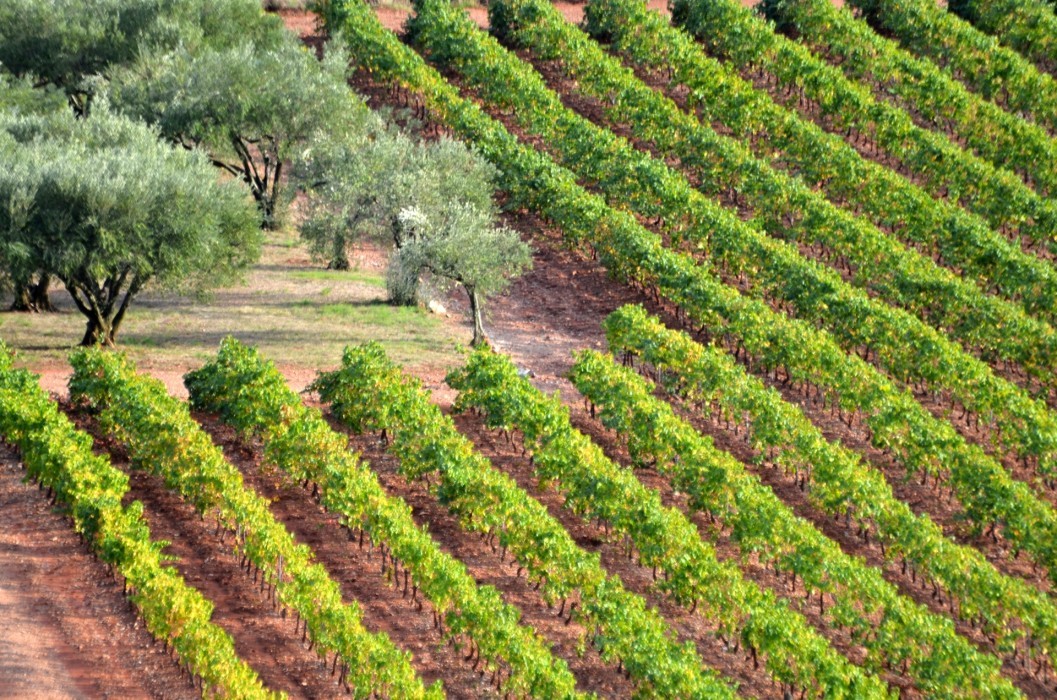

Four centuries after the Phoceans, in 200 BC, the Romans began to settle on Provençal land. They cultivated grapes and set up the Provincia Romana, now known as Provence. The cities of Aquae Sextiae (Aix-en-Provence) and Forum Julii (Fréjus), and its military port, then arose. As it expanded its Empire, Rome brought grapevines wherever it went. That is how the other Gallic wine regions cropped up after Provence: the Rhône Valley, Beaujolais, Burgundy, Gascony and Bordeaux.
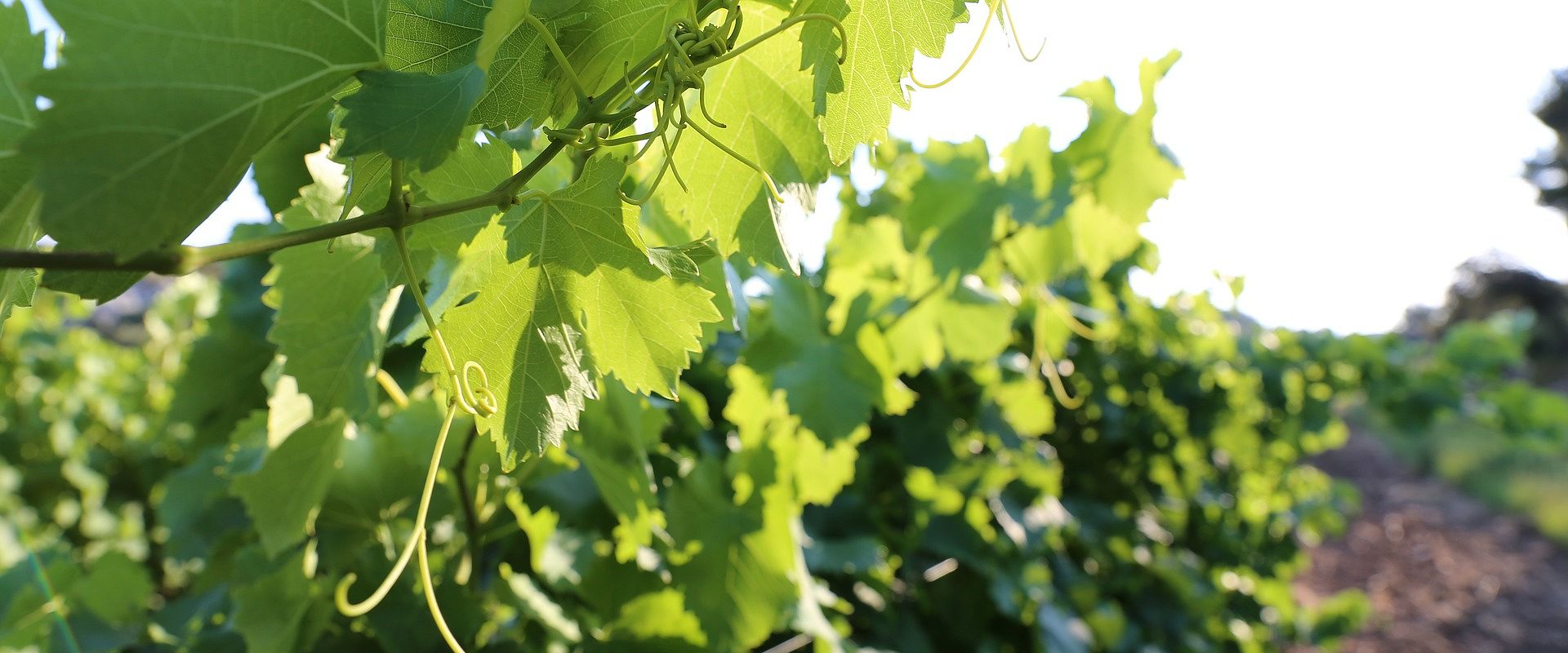
The clergy and nobility nurture grapevines
Laying the foundations of modern-day wine-making Provence
Grape-growing boomed starting in the High Middle Ages. From the 5th to 12th centuries, local abbeys produced wine: Saint-Victor Abbey in Marseille, Saint-Honorat on the Lérins Islands (off the coast of Cannes), Saint-Pons in Nice and Le Thoronet Abbey. And they sold it! Beginning in the 14th century, the kingdom’s great noble families, its notables, and grand officers of the Royal Army acquired a large number of vineyards in Provence.
Modern-day wine-making Provence was born.


Grape-growing boomed starting in the High Middle Ages. From the 5th to 12th centuries, local abbeys produced wine: Saint-Victor Abbey in Marseille, Saint-Honorat on the Lérins Islands (off the coast of Cannes), Saint-Pons in Nice and Le Thoronet Abbey. And they sold it! Beginning in the 14th century, the kingdom’s great noble families, its notables, and grand officers of the Royal Army acquired a large number of vineyards in Provence.
Modern-day wine-making Provence was born.
Victory over phylloxera !
After being almost entirely destroyed by the devastating aphid, the wine region is reborn from its ashes
While all the other French wine regions had already been affected, Provence also suffered from phylloxera attacks beginning in 1880. The American parasite lived off the roots of the vines… destroying almost all of the vineyards. But winemakers would not give up so easily: a solution was found by grafting French vine stock onto hardy American stock. After a lot of hard work, the Provence wine region gradually built itself back up.
Recognition of quality
In the 20th century, winemakers unite around good wine
In the early 20th century, winemakers decided to come together and unite their forces. This allowed them to better handle any challenges and to pool their know-how and their tools. The cooperative movement was born. To claim their terroirs and define the best production conditions, Provençal winemakers began the long march toward the AOC (Appellation d’Origine Contrôlée).
